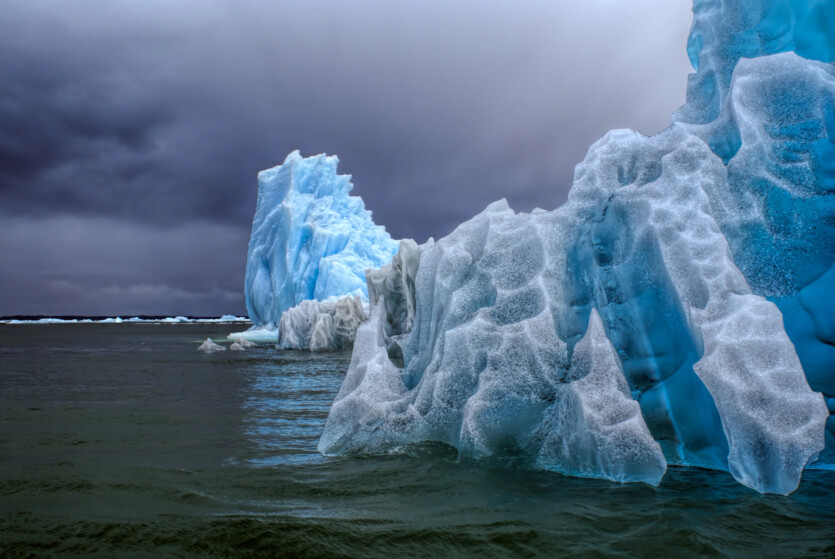Results of the new investigation NASA and the National Snow and Ice Data Center (NSIDC) indicate that a new historical minimum of the Earth’s ice cover has been reached.
Measurements of the Arctic sea ice cover taken on March 22 indicate that the sea ice area has shrunk to 14.33 million square kilometers, the lowest level in the region during the winter on record. The previous minimum was recorded in 2017 and amounted to 14.41 million square kilometers.
According to NASA, as of March 1, during the summer period, the ice in the Antarctic decreased to 1.98 million square kilometers. This is 30% less than the 2.84 million square kilometers recorded in Antarctica before 2010 during this period.
In the middle of February this year total area of sea ice on the planet has decreased by more than 2.5 million square kilometers. The area devoid of ice cover is now roughly equal to the continental United States east of the Mississippi River.
According to Lynette Boisvert, a researcher at NASA’s Goddard Space Flight Center, the next summer season will begin with significantly less ice at the poles, which does not bode well. Sea ice in the Arctic plays a key role in maintaining the ecosystem there. The area of ice cover in this region and across the globe is shrinking because much more sea ice melts in summer than freezes in winter.
Climate scientists have already recognized 2024 as the hottest year on record. In addition, last year the following were recorded record carbon emissions as a result of fossil fuel combustion.
Scientists make measurements using satellites that track natural radiation in the microwave range. Sea ice and water have different radiation. Historical data is also used, such as data collected in the 1970s and 1980s by the Nimbus-7 satellite.
«It is not yet clear whether the Southern Hemisphere has entered a new normal with persistently low ice levels or whether the Antarctic is in a passing phase and will return to its previous level in the coming years,» says Walt Meyer, a scientist at the National Snow and Ice Data Center.
Arctic will lose ice cover in three years, scientists say
